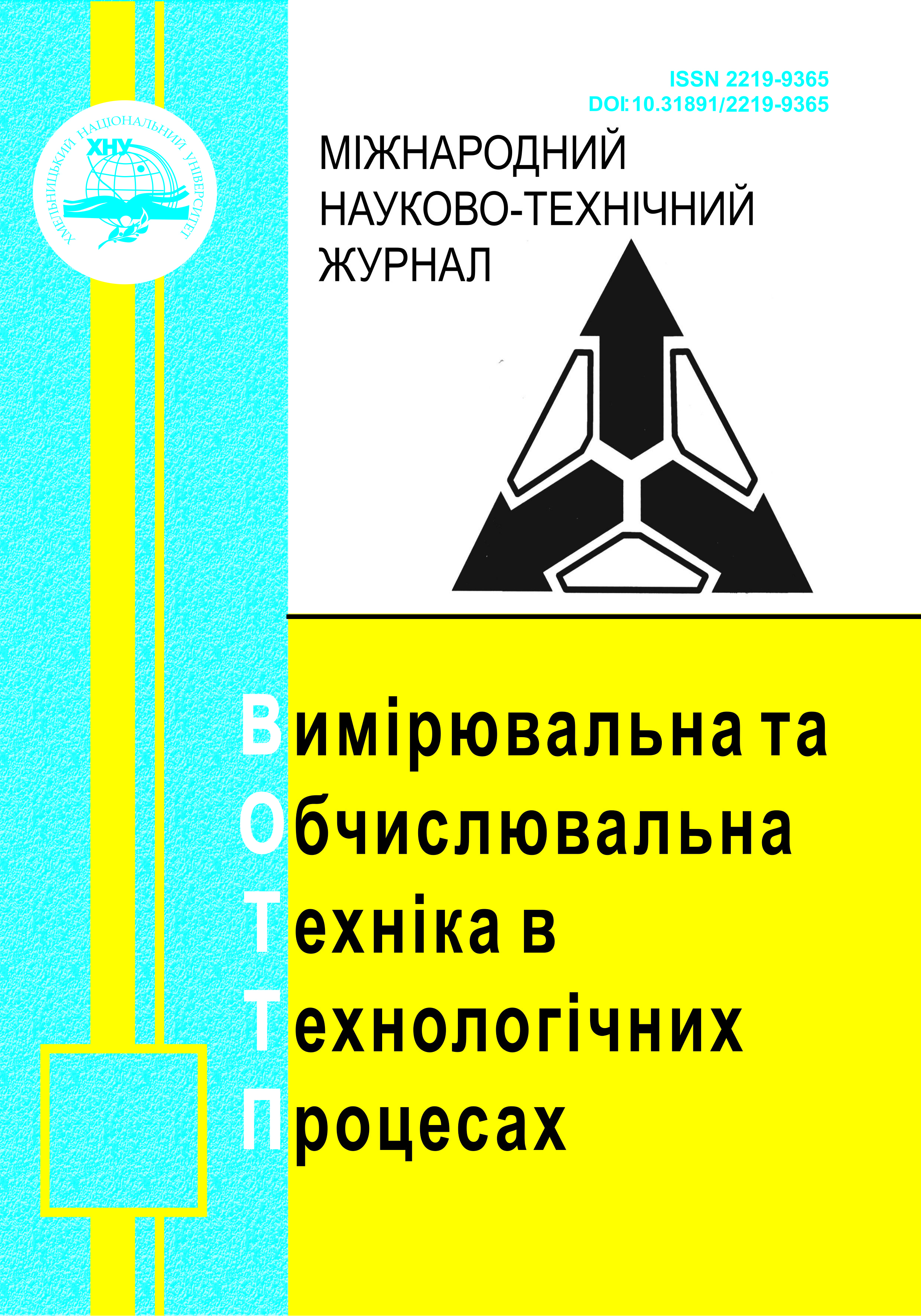COMPARATIVE ANALYSIS OF TEMPERATURE SENSORS
DOI:
https://doi.org/10.31891/2219-9365-2025-81-17Keywords:
architecture of sensors, principle of operation, temperature sensors, phase locked loop (PLL), bipolar transistors, dynamic matching of current sources, programmable capacitor, PTAT current source, power consumption, effective number of bits (ENOB), Zoom ADC (Zoom ADC), CMOS technology, measurement accuracy, chip size, energy efficiency, comparison of architecturesAbstract
The article discusses different types of temperature sensors based on different operating principles, such as phase-locked loop (PLL), proportional-to-absolute-temperature (PTAT), bipolar transistors, delay lines, temperature-dependent oscillators, binary counters, and periodic oscillators. Their main characteristics, advantages and disadvantages are described. PLL-based sensors have high accuracy and stability, but complex construction. PTAT sensors are characterized by linearity and low power consumption. Sensors based on bipolar transistors provide high accuracy and wide measurement ranges. Delay lines provide fast response times but require fine tuning. Temperature-dependent oscillators and binary counters have high accuracy and low power consumption, but can be sensitive to electromagnetic interference. Sensors that measure the period of the signal provide high accuracy and are suitable for energy-efficient applications.
The article provides a detailed overview of each type of sensor, emphasizing their relevance and application in various fields of electronics.
Downloads
Published
How to Cite
Issue
Section
License
Copyright (c) 2025 Олександр МАЛЮК, Володимир МАРТИНЮК

This work is licensed under a Creative Commons Attribution 4.0 International License.

